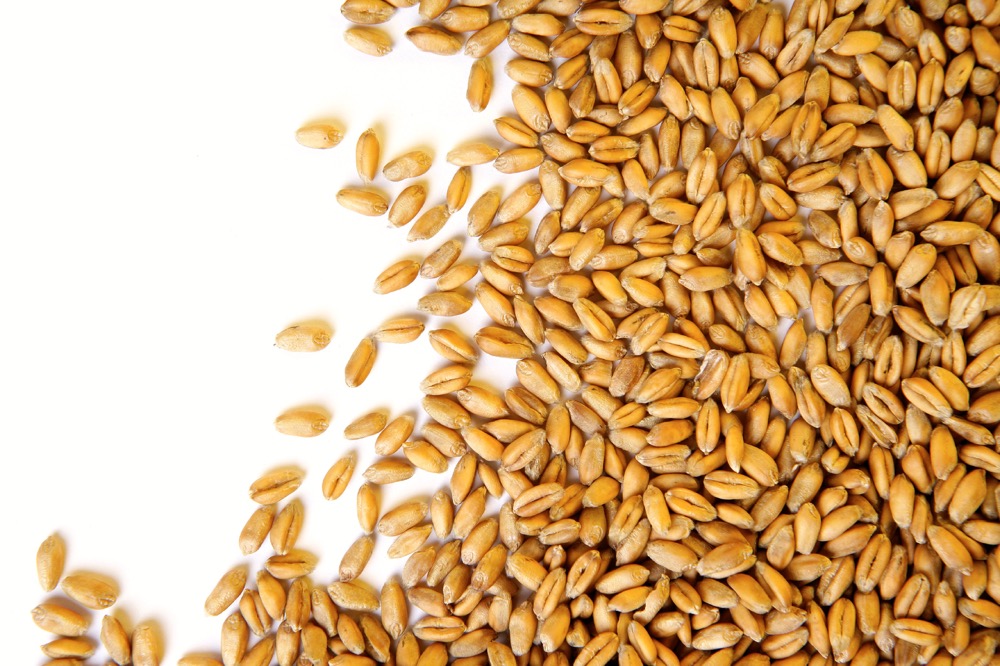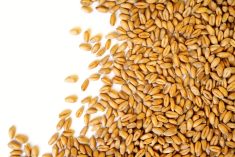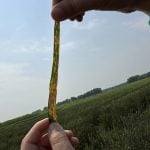MarketsFarm — While optimism towards the ‘Phase One’ trade deal between the U.S. and China has continued, its initial impact on the Chicago Board of Trade (CBOT) has diminished, according to one trader.
“I think the biggest thing is everyone is on hold wondering, is it real? The actual terms of this [agreement] are still out there. No one knows,” said Steve Georgy, president of Allendale Inc. in McHenry, Ill.
He said guesses put China buying $40 billion to $50 billion of U.S. agricultural products over the next couple of years (all figures US$). Prior to the U.S.-China trade war starting, the latter purchased $24 billion of farm goods from the U.S. in 2017.
Read Also

IGC raises 2025/26 world wheat crop forecast
The International Grains Council has raised its forecast for 2025/26 global wheat production with crop outlooks upgraded for Russia, the United States and Argentina.
With details sketchy at best, “any tangible news could end up elevating a move” either way, Georgy said, because of light trading volumes expected for the next several weeks due to the holiday season.
Also complicating matters, the U.S. Department of Agriculture (USDA) stopped issuing its weekly crop progress reports, which has left the markets rather blind as to further harvest progress, he said.
However, it’s widely believed farmers have continued to push to get their last acres harvested, except across parts of the northern U.S. Plains where the snow has become too much to contend with.
As for coming crops in South America, Georgy said, it’s too early to tell how soybean production will turn out in Brazil and Argentina. Market expectations have been for record amounts of soybeans grown, especially in Brazil.
“Down there it’s like the early part of June for us,” he said, noting both countries have regions dealing with dry conditions and others receiving sufficient rain.
The markets, he said, will have a better idea of what’s happening in South America come January-February.
— Glen Hallick reports for MarketsFarm, a Glacier FarmMedia division specializing in grain and commodity market analysis and reporting.













